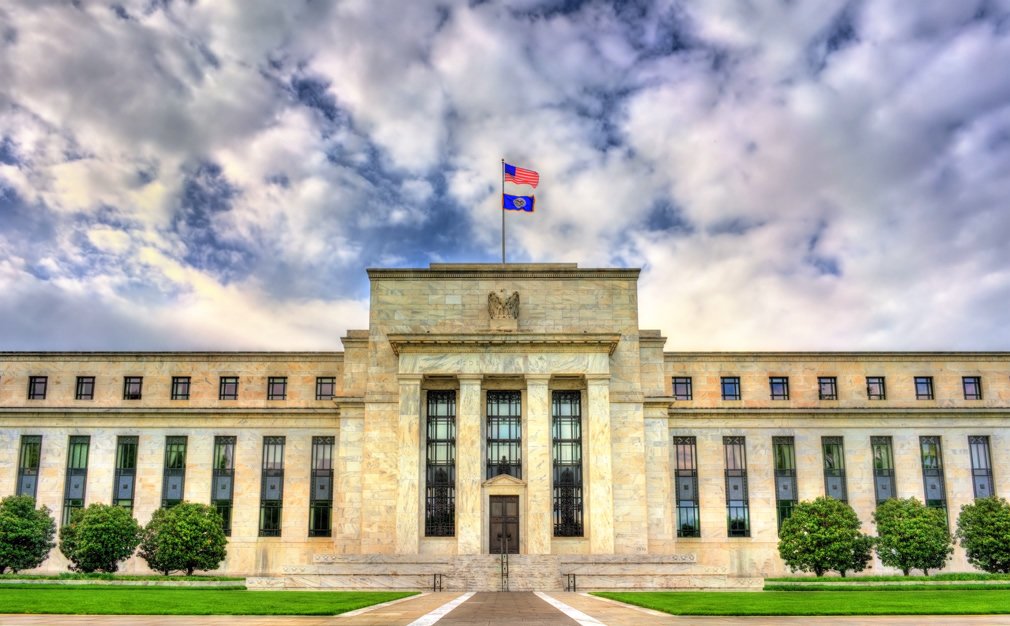The Federal Reserve made a significant move on Wednesday by reducing its benchmark interest rate by 50 basis points (bps) to a range of 4.75% to 5%, marking a pivotal moment in the central bank’s battle against inflation. This cut is the first since March 2020, following a period where the Fed raised interest rates to address inflation concerns.
Given the cooling trends in both inflation and the labor market, economists and housing experts had anticipated a rate cut from the Fed in September. The main question was the magnitude of the cut.
Typically, the Federal Open Market Committee (FOMC) adjusts interest rates in increments of 25 bps, but they can act more aggressively if they believe their current rate position does not align well with the risks at hand. In 2022, the central bank raised rates by 50 and 75 bps increments to combat high inflation levels not seen in 40 years.
The FOMC stated, “The Committee aims to achieve maximum employment and inflation at a rate of 2 percent in the long run. The Committee is more confident that inflation is moving steadily towards 2 percent and perceives the risks to achieving its employment and inflation goals as roughly balanced. The economic outlook is uncertain, and the Committee is mindful of risks on both sides of its dual mandate.”
The Consumer Price Index, the Fed’s preferred measure of inflation, showed growth of 2.5% for the year ending in August, a decrease from the 9.1% seen in the summer of 2022. Concurrently, the unemployment rate rose to 4.2%, up from a recent low of 3.4% in April 2023.
Many market watchers adjusted their expectations for the rate cut from 25 bps to 50 bps without any significant data catalyst. On Wednesday morning, the CME Group‘s FedWatch tool indicated that 55% of traders anticipated a 50 bps rate cut, while 45% expected a smaller 25 bps cut. Just a few weeks ago, 71% of traders were leaning towards a 25 bps cut.
Market participants will closely monitor Fed Chair Jerome Powell’s press conference on Wednesday for insights into the pace of future rate cuts throughout the year and into 2025.
Mortgage rates, often tied to the 10-year Treasury yield, have been declining in recent months. At HousingWire‘s Mortgage Rates Center on Wednesday morning, the average rate for a 30-year conforming loan stood at 6.31%, down 13 bps from the previous week and 27 bps lower than two weeks ago.
Eric Orenstein, senior director at Fitch Ratings, noted, “The Fed’s 50bp rate cut is likely to further push down mortgage rates, which have already decreased significantly since May due to treasury rallies. While not sufficient for a full-scale refinance boom, an average 30-year rate approaching 6% opens up a significant portion of the market for refinancing.”
Charles Goodwin, senior director of sales at Kiavi, added, “The bond markets and 30-year mortgage rates have already responded to the anticipated rate cuts. Rates must drop further for a significant uptick in the housing market.”
JP Kelly, senior vice president of mortgage at MeridianLink, highlighted that Wednesday’s rate cut would instantly boost purchasing power for potential homebuyers. However, high home prices and limited inventory may hinder substantial progress in the market.
Keller Williams chief economist Ruben Gonzalez expressed caution regarding near-term home sales, despite potential further rate decreases from the Fed. He noted that buyers may still be wary, as seen in sluggish home sales in August despite declining mortgage rates.
Editor’s note: This is an ongoing story and will be updated.
Related

